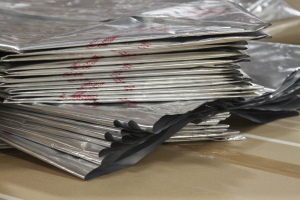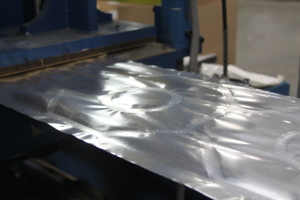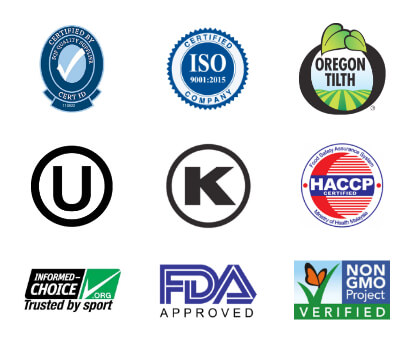
Stand-Up Pouches | Flexible Packaging
Why does flexible packaging continue to overwhelm the packing industry? Several key factors have played a significant role in the rising level of popularity for flexible packaging since it first hit the market.
Flexible vs. Rigid Packaging
This innovative type of packaging provides an economical alternative to traditional rigid packing. Using only 25% of the plastic used for its rigid counterpart, it weighs 70% less than rigid containers. Most product owners find that it’s easy and affordable to ship both domestically and overseas. It also provides more options for design, including the stand-up feature that offers eye-catching print options, billboard effect marketing, great product appeal, and space management.
Does Flexible Packaging Really Protect your Product?

Barrier Bags | Flexible Packaging
Flexible packaging often uses film to provide a barrier against light (such as UV rays from the sun), grease, contamination, and most importantly, moisture and oxygen. Each of the barrier layers is specially selected based on your product’s physical characteristics. When manufacturers design for high barrier, they calculate the OTR (Oxygen Transfer Rate) and MVTR (Moisture Vapor Transmission Rate). The OTR & MVTR determines the amount of air or moisture that transfers through a designated section of film/material within 24 hours. A high rating ensures that the product is able to withstand a variety of stressors and gives it shelf stability.
For Example …
The most ideal barrier packaging has an OTR & MVTR that is extremely low (0.0005), which allows little oxygen and moisture to pass through for any amount of time (foil is a great example). It protects your product from contamination and impurities.
Biodegradable

Foil Barrier Packaging | Maco PKG
In the past, most plastic packaging materials have not been able to decompose. But scientists have recently discovered a way to introduce an additive to the polymers used for flexible and rigid packaging to allow them to biodegrade. The additive prompts the decomposition to begin once the materials are exposed to a high microbial count (like that found in a landfill). The materials are reduced to water and carbon. This process typically occurs 18 months after exposure. The science behind this allows for similar barrier properties and shelf life and stability. The innovation in this arena continues to grow and will be the choice for packaging today and into the future.
Are you Ready to Try Flexible Packaging?
Is flexible packaging a viable option for your product? We can design packaging that suits your product’s temperature requirements, sizing recommendations, certification standards, and
barrier properties. Let’s find out if flexible packaging is a logical option for you – feel free to call +1-315-226-1000 and talk with a packaging specialist!


